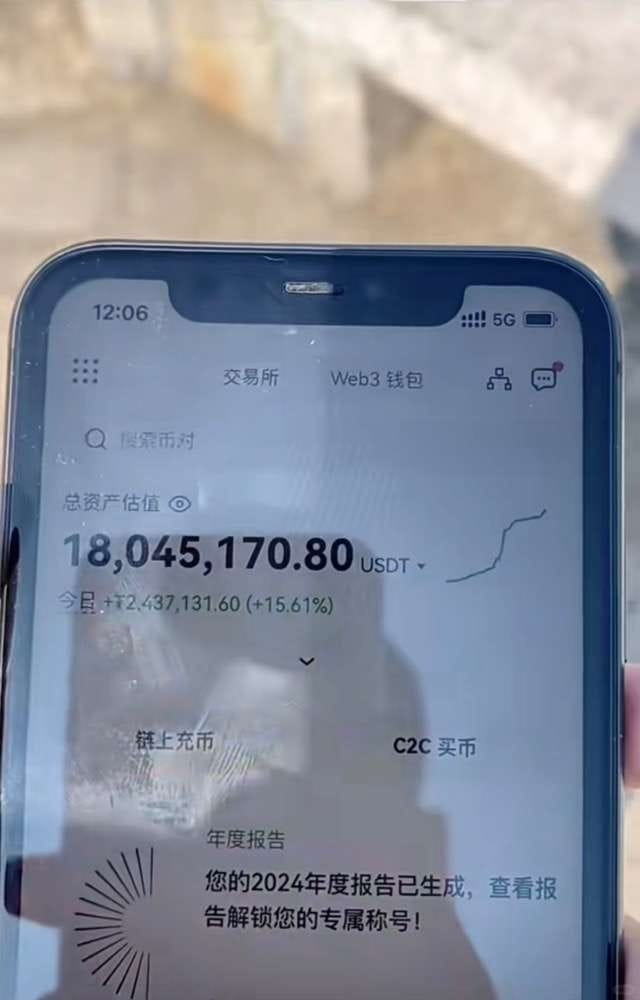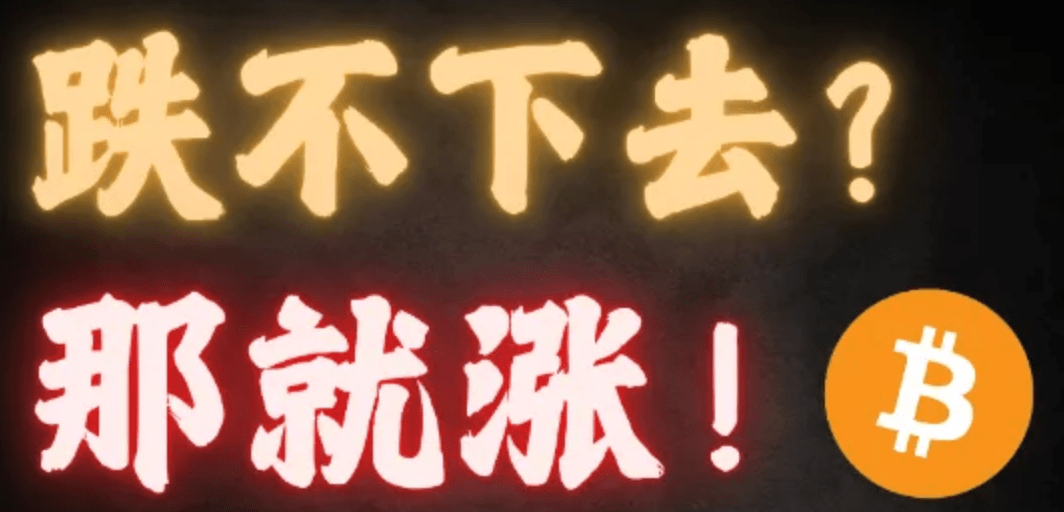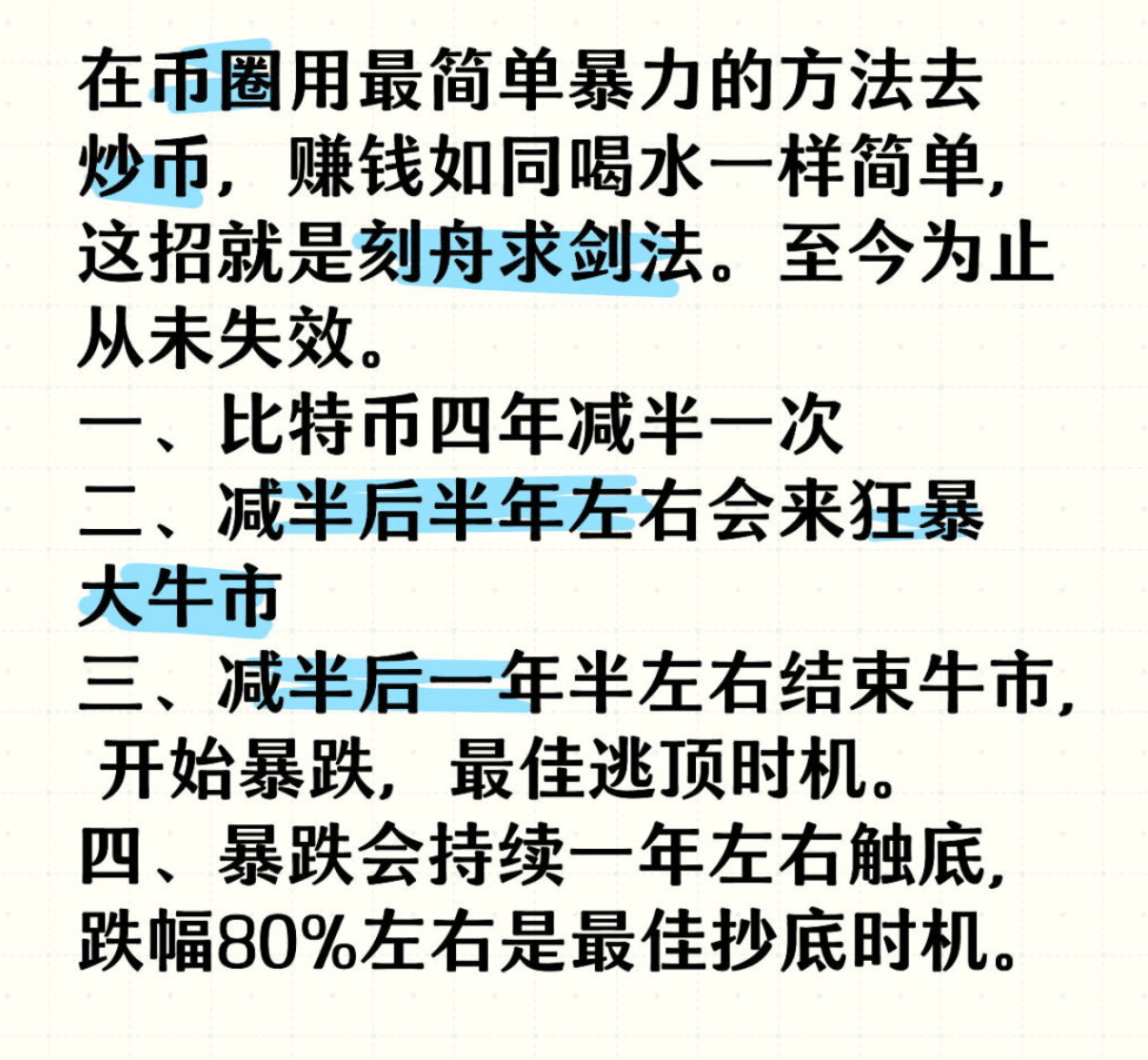I once thought I was the fearless captain in the sea of cryptocurrencies, until that '312 black swan' sank me. A 12 million position cleared in half an hour; the cold touch of my phone screen is still unforgettable.
But despair is often the catalyst for wisdom, leading to sudden enlightenment: the essence of contracts is probability gambling. Using the remaining 800,000 capital, combined with the 'Dynamic Hedging Model', in February this year, I achieved an asset leap to 2.18 million in 60 days, with a growth rate of 272900%!
Now, I am sharing this 'Storm Navigation System' for free - in the crypto circle, learning to dance with risks is the true way to survive.
In the crypto circle, true masters may not be technically skilled, but I have always strictly followed the iron laws of the market:

Want to lose less and earn more in trading cryptocurrencies? Here's a 5-year practical four-step method: filter out the risky coins first, then lock in the trend, find the right timing, and exit strictly to avoid 80% of ineffective trades.
After crawling in the crypto circle for a long time, you will understand: Real profits never come from the luck of 'guessing tops and bottoms', but from the methodology of 'seeing clearly, entering steadily, holding firmly, and exiting in time'.
Today, I share a set of 'four-step method for stable trading' that I have verified effective in practice for 5 years. By strictly executing it, not only can you avoid 80% of the pitfalls, but it can also lead your account curve to say goodbye to big ups and downs, steadily moving upwards.
Why can this method be stable? Because it specifically treats 'chaotic operations'.
I have seen too many friends: either chasing hot coins and getting stuck, or unable to hold onto profitable tokens, or entering at the wrong time and repeatedly stopping losses... The core problem is just one: no methodology, relying on feelings. This set of 'Monthly Line Stock Selection + Daily Line Timing' four-step method locks in risks throughout the process, from selecting coins to exiting, even beginners can quickly grasp it.
First step: Precise filtering of coins, keep 'risky coins' out.
The first step in trading cryptocurrencies is not 'what to buy', but 'filtering out what shouldn't be bought'.
Coins that have recently topped the rise list for 11 days indicate that there is funding interest, but those that have fallen for three consecutive days must be passed — such coins often indicate that capital is escaping, and chasing in means picking up the leftovers. This step is like 'mine sweeping', directly helping you narrow down the range, leaving only potential 'seed players'.
Second step: Monthly line golden cross, locking in the long-term trend 'fixed star'.
Short-term fluctuations are noise; long-term trends are the foundation.
Open the monthly chart to check MACD; only when the 'golden cross' signal (white line crossing above yellow line) appears can you consider it passed. A monthly golden cross is not a small signal; it represents that the mid-term upward trend has started, like a large ship starting its engine, with the probability of subsequent upward momentum far exceeding short-term fluctuations. This step helps you stand on the 'trend's tailwind', avoiding the big pit of counter-trend bottom-fishing.
Third step: Daily line 60 moving average, find the right 'entry timing' without missing out.
When the trend is correct, you also need to wait for a 'comfortable entry point'.
Switch to the daily chart and focus on the 60-day moving average — this is the 'lifeline' of the mid-term trend. When the coin price retraces to the vicinity of the 60-day moving average (briefly falling below and then standing back up, or increasing volume when close), this is a signal to enter with a heavy position. Buying at this time means you won't chase at a high point, and you can take advantage of the upward momentum, essentially 'boarding the trend at the support point' with maximum safety.
Fourth step: Strictly exit; how much profit you make is up to you, and how much loss to lock in in advance.
The core of profit is not 'how much to earn', but 'how much to pocket'.
After holding a position, focus on the 60-day moving average: hold firmly above it, decisively exit below it.
Sell 1/3 when the price rises over 30%, lock in some profits, and don't fear a pullback.
Sell 1/3 after rising over 50%, lock in profits, and let the remaining 'profit positions' run with the trend.
Once it falls below the 60-day moving average, exit the market regardless of profit or loss! Even if you sell incorrectly, do not hold the position; preserving capital is essential for the next opportunity.
Old bird's heartfelt words: Stability is more valuable than speed.
This method may seem 'clumsy', but it has helped me avoid countless liquidation risks. It does not pursue 'doubling overnight', but allows you to lose less in a volatile market and earn more in a trending market, accumulating small victories into large ones. The crypto circle is not short of opportunities; what is lacking is the ability to 'avoid pitfalls' — keep this four-step method handy; next time you place an order, run through it, and you will find that profits can be so 'worry-free'.
Stop relying on feelings to make chaotic operations. Use the methodology to outperform 90% of retail investors, and slowly thickening your account is the real skill ~ Try this method, and the next time you review, you will come back to thank your past self!

From tens of thousands to millions! The following three points must be mastered ✅
Continuing to talk: If you achieve these three points in the crypto circle, it will be hard to lose money again in the future!
First point: Don't check market comments after placing an order.
There are always two voices in the market: one tells you the market will fall; the other tells you the market will rise. There will never be a day when the market uniformly predicts bullish or bearish. If that were the case, there would only be one type of person in the market, all making money or all losing money, which does not conform to market laws. So after placing an order, do not think about how others comment on the market's ups and downs, as such conflicting opinions will shake your basis for placing orders, making you unsure whether to continue holding or exit early. Perhaps seeing opinions that align with your exit will give you confidence, leading you to believe you will make a lot of money. However, when opinions are inconsistent, you may feel particularly nervous, and this nervous mindset may lead to incorrect judgments and decisions!
Real investors, after capturing trading signals, do not pay attention to market changes but strictly follow their trading plan to complete the trade!
Second point: Do not place an order and then fail to set a stop-loss, leading to losses and then locking in.
Everyone knows that investment comes with risks, and nothing is 100% certain. Therefore, when placing orders, you must establish strict stop-loss measures. Stopping losses requires great courage; many people do not want to admit defeat, believing their direction is correct. Admitting defeat would directly lead to significant losses. However, the market will never show you any sympathy; after making a wrong decision, you should immediately preserve your capital. What’s even more troublesome are those who are locked in; many people have experienced this. Locking in, then releasing, then locking again, when the price drops, they dare not short, fearing it won’t rise again. When it rises, they dare not go long, worrying about what would happen if it keeps rising? Locking in is not just a monetary loss, but also a huge psychological burden and suffering.
Third point: Do not easily add to your position after placing an order.
Many people like to keep adding to their positions, rushing forward with their orders. Remember not to add positions when the market moves against you; wait for the next opportunity to build your position. If you keep adding to your position, your stop-loss will inevitably move, and moving your stop-loss will only increase your losses. Some may say that after the stop-loss was triggered, the price then moved in their favor; this requires patience to wait for the right entry point. Generally, triggering such stop-losses feels very unfair and frustrating. But have you considered that such stop-losses usually indicate that the entry point was not well grasped or that the stop-loss was set incorrectly? Of course, if your trading plan is very thorough, appropriate position increases are feasible. However, when you discover that your trading plan is flawed, you must strictly stop-loss and exit.
Successful investors do not rely on luck. Only by respecting the market, fearing the market, conforming to the market, and strictly following trading discipline can one survive. When trading, do not be one-sided. We must firmly grasp the opportunity to lose less and win more, abandon the mentality of gain and loss, to stand undefeated in the market.
Do you know why many people can multiply their capital by dozens of times in a year through rolling positions, while you are still stuck in the 'getting in - blowing up - clearing out' three-step jump?
Because they truly understand how to befriend the trend.
Rolling positions are not magic, but the compounding effect of discipline + strategy + mindset.
Can become rich, but also can die suddenly. The key is not in the market, but in how you use it.
First, let’s clarify the underlying logic: Rolling positions is not about betting everything, but about using the profits earned to continue to magnify returns, rolling profits, controlling capital risk, and steadily advancing; that is the rhythm of a master.
Here's a simple example:
If you have 5000 USDT, don't go all in right away. First, take 1000 USDT to test the waters, and after the market takes off, continue to increase your position with the profits.
The capital always lies at the bottom; even if the market changes dramatically, it only eats away at profits, not zero.
Why can't most people roll their positions?
Because one cannot resist temptation. One adds when there is profit, and supplements when there is a drop; finally, when the market falls, profits disappear, and capital is locked in. Rolling positions emphasize 'following the trend as the main focus, discipline as the backbone'.
What market conditions are suitable for rolling? Remember three points:
Clear trend: at least a short to medium-term bullish arrangement of moving averages.
High market heat: hot topics or major market activation, with sustained volume.
The cryptocurrency is resilient: it does not easily retrace and readily accelerates.
The specific execution is not complicated:
First step: Start with a breakthrough, enter with 10-20% light positions.
Second step: Increase part of the profits after a 15%-20% rise.
Third step: Continue to push upward, rolling profits without touching the capital.
Profit-taking strategy: Once there is a significant volume without a rise or it falls below the 5-day moving average, immediately reduce your position and exit.
The whole process revolves around one point - profits are moving, and capital remains untouched.
A drop is just a way to gather bullets, leaving the green mountains intact.
How to end more elegantly? Here are two methods for you:
Mobile profit-taking: every 10% increase, raise stop-loss by 5%, not afraid of drawdowns eating into profits.
Partial profit-taking: exit in segments at key resistance levels to preserve gains + reduce pressure.
True masters of rolling positions do not rely on luck to devour big profits.
But rather relying on strategies to repeatedly penetrate trends, using discipline to fully understand the market.
The market favors the prepared; capital is the shield, and profits are the spear. Master the rhythm, and even in a bull market, you can act as if you have hacks.

Additionally, let's talk about the six key phrases for short-term trading in crypto:
The first is that after the price of the coin consolidates at a high level, there is usually a new high. After consolidating at a low level, there is usually another new low; therefore, wait for the direction of the trend change to become clear before we operate.
The second point is not to trade during sideways markets; most people lose money in crypto because they can't achieve this simplest point. $WIF
The third point is when selecting candlesticks, we buy on daily lines when we see a bearish candlestick forming. When we see a bullish candlestick, we sell.
The fourth point is that the decline slows, the rebound is slow, and the decline accelerates the rebound.
The fifth point is to build positions following the pyramid buying method, which is the only constant in value investing.
The sixth point is when a cryptocurrency continues to rise. After a sustained decline, it will inevitably enter a sideways state. At this time, we do not need to sell everything at high positions, nor is it necessary to buy in at low positions.
Because after consolidation, there will inevitably be a change. If it changes downward from a high position, you must clear out in time; in any case, you need to push forward timely.
The truly powerful method: Three-dimensional quantitative strategy + interpretation of institutional order behavior + risk control rolling position model.
✅1. Three-Dimensional Quantitative Signal System
By modeling price behavior + trading volume + volatility, predict market makers' accumulation/price increase timing points in advance, with signals giving a 3-hour warning and quietly entering the market in advance.
✅2. Model for Identifying Market Maker's Behavior
Tracking orders and the market? You're too basic.
We interpret 'market rhythm + big order disguise', analyzing 'order depth + main fund distribution map', to know in advance what the institutions are doing.
✅3. Original Risk Control Rolling Position Model (Limited Release)
It's not about going all in at once, but about rolling in and out in batches, using high leverage to penetrate market trends; the less capital you have, the more you can double your profits explosively!